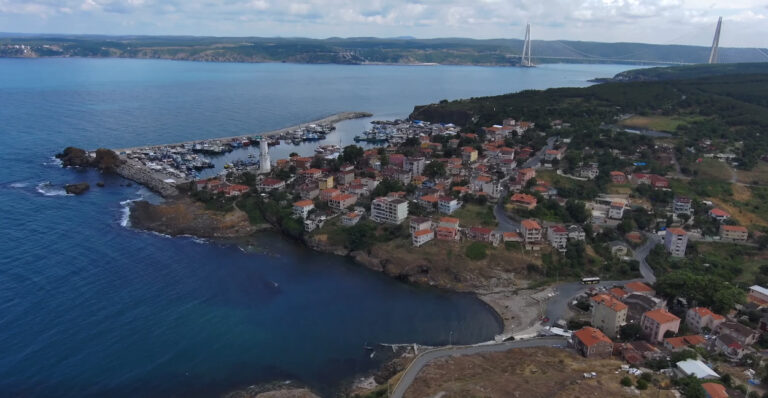Rumeli Fortress: A Historical Landmark Guide
Rumeli Fortress, known as Rumeli Hisarı in Turkish, is not just a formidable historical structure but also a symbol of strategic intelligence and architectural grandeur. Built swiftly in 1452 by Sultan Mehmed II, the Conqueror, this fortress stands on the European side of Istanbul, overlooking the narrowest part of the Bosphorus Strait. This comprehensive guide explores the history, architecture, and strategic importance of the Rumeli Fortress, offering insights into its role in the Ottoman conquest of Constantinople and its current status as a breathtaking historical landmark.
The Strategic Importance of Rumeli Fortress
1. Context of Construction
- The construction of Rumeli Fortress was a strategic masterstroke by Sultan Mehmed II, preceding the Ottoman conquest of Constantinople (now Istanbul) in 1453. Its purpose was to cut off aid and supplies to the Byzantine capital via the Bosphorus and to control the passage of ships.
- Built directly across from the Anadolu Hisarı (Anatolian Fortress) on the Asian side, it effectively enabled the Ottomans to control the Bosphorus Strait, a crucial step in their successful siege of Constantinople.
2. Role in the Ottoman Expansion
- The fortress played a pivotal role in the expansion of the Ottoman Empire, as controlling the Bosphorus was vital for the Ottomans to extend their reign over the Balkans and into Europe.
Architectural Grandeur of Rumeli Fortress
1. Design and Construction
- The fortress is renowned for its impressive architecture, featuring massive walls and three main towers named after Mehmed II’s viziers: Sadrazam Çandarlı Halil Pasha, Zaganos Pasha, and Sarıca Pasha.
- Each tower was designed to be self-contained so that if one part of the fortress was breached, the others could still function independently.
2. The Fortress Today
- Today, Rumeli Fortress stands as a testament to 15th-century military architecture. Although it was built for warfare purposes, its architectural beauty is undeniable, with its imposing towers and commanding walls.
Visiting Rumeli Fortress
1. A Journey through History
- A visit to Rumeli Fortress offers a unique opportunity to step back in time and explore the history of Istanbul and the Ottoman Empire. The fortress houses a museum that provides historical context and artifacts.
2. Breathtaking Views of the Bosphorus
- The fortress offers some of the most breathtaking views of the Bosphorus Strait. Visitors can climb to the top of the towers for a panoramic view of the strait, the Asian side of Istanbul, and the surrounding area.
Practical Information for Visitors
1. Accessibility and Best Time to Visit
- Rumeli Fortress is accessible via public transport, and the best time to visit is during the spring and fall when the weather is mild, and the views are particularly stunning.
- Visitors should note that there are steep steps and uneven surfaces, so comfortable footwear is recommended.
2. Cultural Events and Activities
- The fortress is not only a historical site but also serves as a venue for cultural events and concerts, especially during the summer months. These events provide a unique experience of enjoying art and music in a historical setting.
Rumeli Fortress is more than just a historical monument; it is a symbol of Istanbul’s strategic location between Europe and Asia and a testament to the city’s rich history. Visiting the fortress offers a comprehensive experience that includes learning about its historical significance, appreciating its architectural beauty, and enjoying the stunning views of the Bosphorus. For anyone interested in history, architecture, or simply seeking a unique vantage point in Istanbul, Rumeli Fortress is an unmissable destination.


